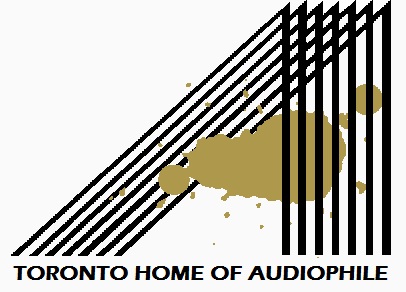Dick Olsher famously remarked that “The first watt is the most important watt.” This sentiment has also been expressed by others as “Who cares what an amplifier sounds like at 500 watts if it sounds like crap at one watt?” With this in mind, I created First Watt in 1998 as a "kitchen-table" effort, exploring unusual low power amplifiers with an emphasis on sound quality.
Small amplifiers have a number of advantages over “big iron” in that very high quality can be achieved with simple Class A circuits using little or no feedback.
There is no such thing as a perfect amplifier. All audiophiles and their associated equipment have specific needs, but in each case there is such a thing as a best amplifier - the one that makes you happy.
First Watt exists because I wanted to explore a variety of amplifier designs in what I think of as neglected areas - amplifiers that might not fit into the mainstream and are probably not appropriate to my more commercial enterprise, Pass Labs.
With oddball characteristics and output power ratings of 25 watts or less, First Watt is not for most people. If you have efficient loudspeakers, listen at reasonable levels and are obsessed about subjective performance, then you probably have come to the right place.
If you want reliable audio product, then you really have come to the right place. For twelve years First Watt has had a near-zero failure rate.
First Watt amplifiers are routinely compared with tube amplifiers, although I make a point that they are not designed to mimic tubes as such. These amplifiers share some of the characteristics of the better tube products in that they have simple circuits with minimal or no feedback and emphasize performance of individual gain devices. In some ways they are better than tubes, in other ways perhaps not.
With the new releases of the SIT-1, SIT-2, B2 and B4, the total is now up to sixteen designs released, all simple Class A circuits, each offering a unique approach to sonic quality. The F1 and F2 are both current source (as opposed to voltage source) amplifiers with no feedback. The F3 offers single-stage single-ended operation with new Jfet power transistors. The F4 is a push-pull current buffer with no voltage gain or feedback, and the F5 is a uniquely high performance push-pull amplifier with feedback. The J2 and M2 continue to push the envelope in unique ways.
And there is more to come.

